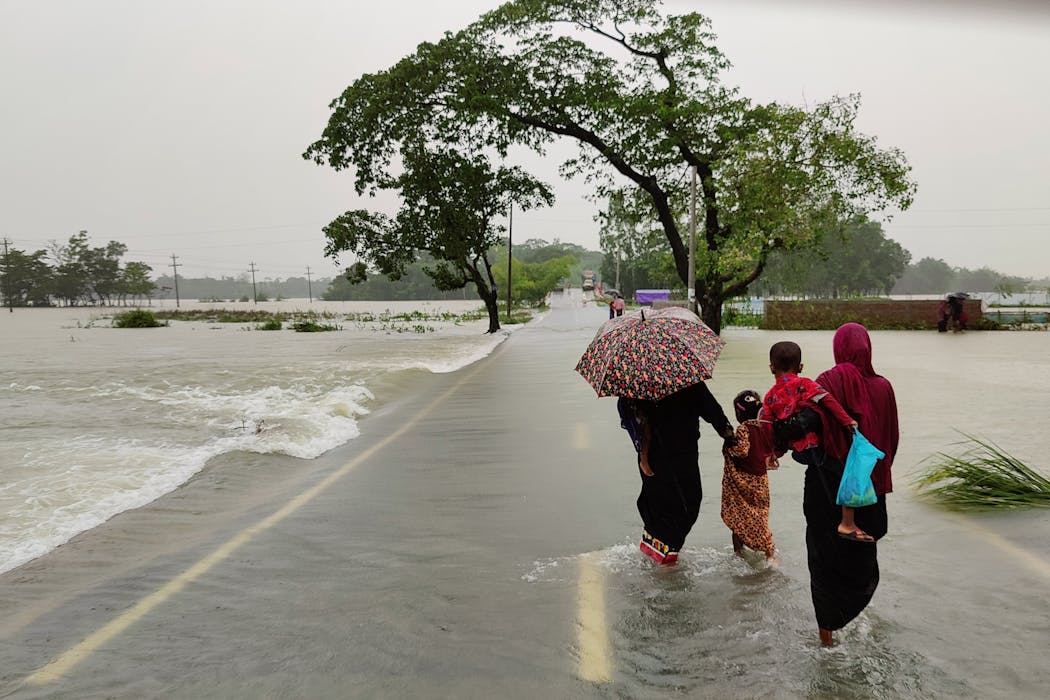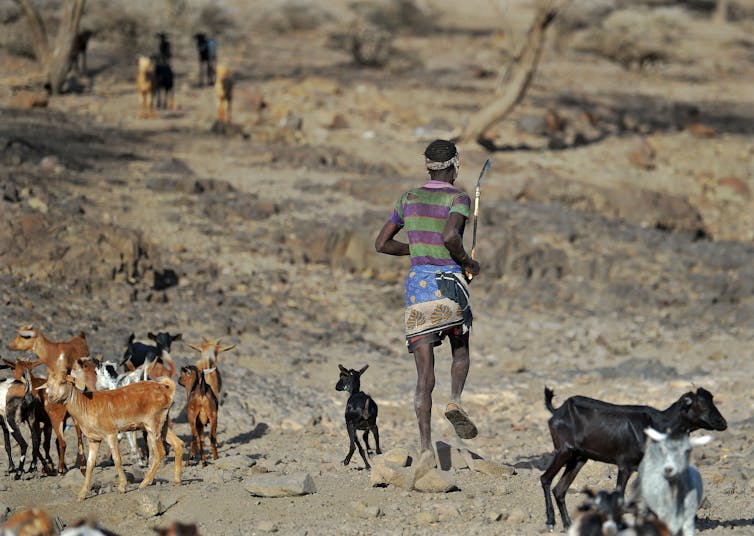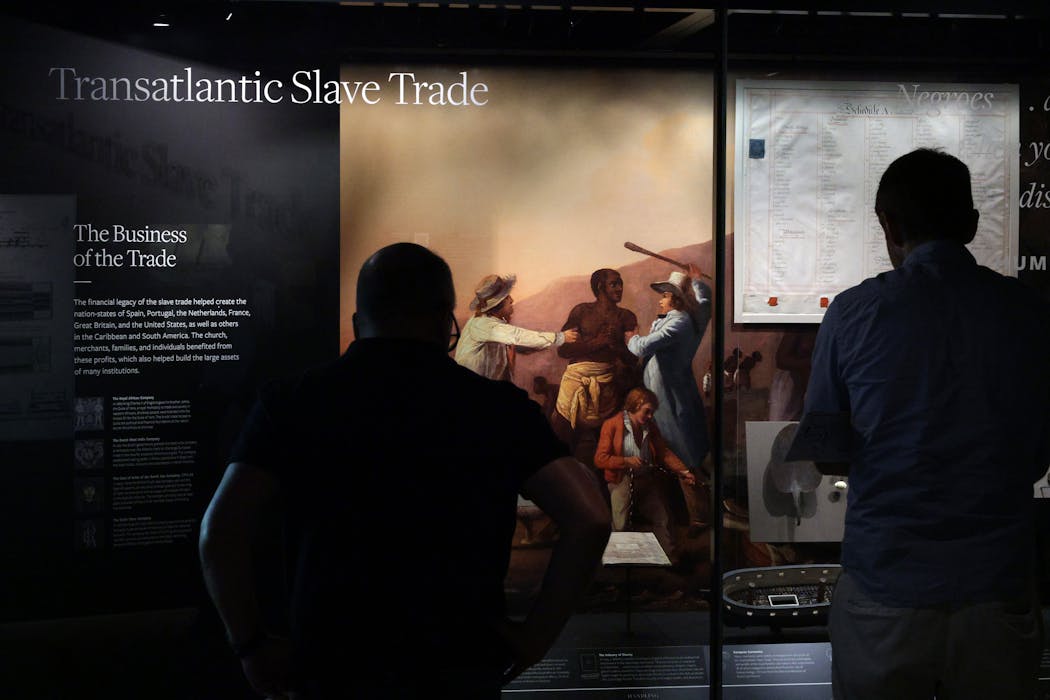Source: The Conversation – UK – By Jacqueline Boyd, Senior Lecturer in Animal Science, Nottingham Trent University

I live with several cocker spaniels. They are smart and affectionate, but sometimes air-headed, impulsive and extremely sensitive. It’s common for friends to describe my dogs as “having ADHD” as one of my canine whirlwinds whizz past.
People are increasingly aware of neurodiversity, and diagnoses such as autism and ADHD (attention deficit hyperactivity disorder) are becoming more common. And scientists are starting to give their attention to the idea that some of our animal cousins may also experience the world in different ways because of diversity in how their brains function. The concept is new, but this research may help deepen our bonds with our pets.
Anyone who has lived with, trained or cared for animals will be aware of how individual their differences in personality can be. But can animals really be neurodivergent? What might this mean for how we care for, train and manage them?
Neurodiversity is a variation in how people behave and how their brains function. This is the result of structural and chemical differences in the brain. But diagnosing animals with human conditions can be problematic.
Animals cannot directly tell us how they perceive the world, or answer typical diagnostic questions. We can only ever describe animal behaviour through the lens of our own understanding, for example labelling some dogs as impulsive. For those dogs, however, their outward impulsivity might be normal behaviour for their breed, in the same way that many cats are solitary.
However, research indicates that a range of species including dogs, rats, mice and non-human primates can show genetic and behavioural signs of neurodivergence. For instance, structural differences in genes known to be associated with hypersocial behaviour have been found in dogs.
Impulsive behaviour in dogs is also linked to low levels of the neurotransmitters serotonin and dopamine. Serotonin is important for emotional stability, while dopamine helps with focus.
Imbalances and difficulty in regulating these neurotransmitters may also be associated with ADHD in people, and is often characterised by impulsivity. This also raises the interesting possibility that by breeding animals to live alongside us, we selected animals with behaviour similar to what is reported by neurodiverse people.

rebeccaashworthearle/Shutterstock
Modelling animal autism
Scientists have developed animal models of autism to help them understand factors linked to increased risk and to be able to explore potential therapeutic support. These models are developed from selectively bred, laboratory-housed animals and might not fully represent typical population diversity. However, they are still valuable in helping us understand the biological basis of neurodiversity.
For example, some beagle dogs have a mutation in a gene called Shank3, which is linked with autism in humans and often characterised by difficulties in social interactions. Beagles with the Shank3 mutation also exhibit low desire to interact with people. It turns out that they have reduced cell to cell signalling in regions of the brain linked with attention.
They also demonstrate less of what is known as neural coupling with people. Neural coupling is where the brain activity of two or more individuals aligns when interacting. It typically occurs when people are storytelling or teaching, but a 2024 study also found it happens when dogs and humans gaze into each other’s eyes.
The Shank3 mutation might therefore result in impaired neural processing and signalling, limiting spontaneous social interactions and bonding between dogs and people. However, multiple factors are involved in the development of brain and behaviour.
Puppies who have had limited or negative early experiences with people might become less social and people-oriented. It is not easy to identify if the cause of this behaviour is biological, environmental or a combination of the two.
Shank3 canine research has also provided a hint at potential supportive medical interventions for human autism. A single dose of the psychedelic drug LSD was given to dogs with the Shank3 mutation. This resulted in increased attention and enhanced neural coupling with people over five days.
Mice and humans also seem to show a greater inclination to social behaviour after LSD administration. There are obviously legal, safety and ethical issues associated with its use, but animal models can certainly help us understand the underlying differences in how the neurodivergent brain functions.
These models might also help us diagnose human neurodivergence. Typical adult diagnostic processes involve lengthy discussion and review of how someone copes with daily life, which can be difficult as neurodivergent people often have communication difficulties.
Dogs with behavioural differences are similarly evaluated using assessment scales, mostly administered by their handlers and carers. However, video analysis and machine-based learning have been trialled as a more objective way to identify dogs with ADHD-like behaviour.
For this method, dogs’ movements in a new environment and when exposed to a robot dog were analysed by machine, rather than a person. Results from a 2021 study of dogs showed 81% agreement between objective and more traditional diagnosis.
This kind of animal research may help make the case for minimising subjectivity in human diagnosis. Objective measurements have in fact also been trialled for humans, such as eye movement in ADHD assessments.
Neurodiverse behaviours
Behavioural problems in cats and dogs that harm their wellbeing are common. One 2024 paper that collected owner-reported data from over 43,000 dogs in the US reported that more than 99% of pet dogs enrolled in the study presented with at least one behavioural problem.
Again, some of the reported behavioural concerns, such as separation-related behaviours, fear, anxiety and obsessive behaviour, mimic challenges associated with some forms of neurodivergence in people. Managing pets with such behavioural problems can be distressing and may even lead to rehoming or euthanasia. Perhaps this could sometimes be avoided if owners had a better understanding of what was going on.
In short, the evidence suggests that like us, animals can experience and respond to the world differently. Some of this will be due to natural differences in personality, but it is also likely that a proportion of our pets have differences in their brain structure and chemistry.
Neurodivergent children benefit from an appreciation of their specific and sometimes complex needs. Perhaps we can also create enriching management and training approaches for our potentially neurodiverse animal companions.
![]()
In addition to her academic affiliation at Nottingham Trent University (NTU) and support from the Institute for Knowledge Exchange Practice (IKEP) at NTU, Jacqueline Boyd is affiliated with The Kennel Club (UK) through membership and as advisor to the Health Advisory Group and member of the Activities Committee. Jacqueline is a full member of the Association of Pet Dog Trainers (APDT #01583). She also writes, consults and coaches on canine matters on an independent basis
– ref. Autistic dogs? Neurodiversity in our pets and what it might mean for us – https://theconversation.com/autistic-dogs-neurodiversity-in-our-pets-and-what-it-might-mean-for-us-265888
















